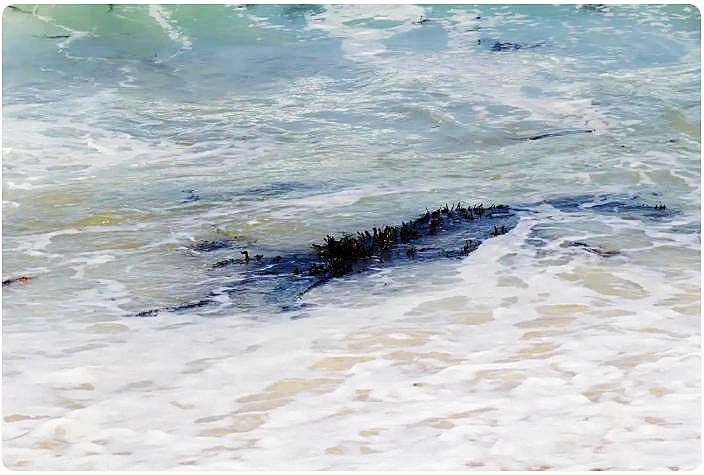What Are You Looking For?
Defoamers: The "Foam Buster" in Industrial Production - Principles, Applications, and Innovations
Sep 18, 2025
I. Understanding Foam and Defoamers
(1) Foam Formation and Harm
Foam is a dispersed system consisting of gas in a liquid. Its formation is typically related to the liquid's surface tension, viscosity, and operational factors such as agitation and aeration. In industrial production, the presence of foam can cause a range of problems, such as reduced volumetric efficiency of production equipment, impacted heat and mass transfer processes, unstable product quality, and even safety incidents. For example, in oil extraction, foam can hinder the flow of crude oil, reducing recovery rates; in food processing, excessive foam can affect product packaging and taste.
(2) Definition and Function of Defoamers
Defoamers are chemical substances that reduce the surface tension of liquids, disrupting the stability of foam, and causing it to quickly break up and disappear. Their primary function in industrial production is to eliminate foam, ensuring smooth production processes and improving product quality and efficiency.
II. Detailed Explanation of the Working Principle of Defoamers
(I) Reducing Surface Tension
Defoamer molecules typically have low surface tension. Once they enter a foam system, they rapidly diffuse onto the foam surface, replacing the existing surfactant and reducing the foam's surface tension. Due to the uneven surface tension of foam, weak points on the foam surface are more susceptible to external pressure and rupture.
(2) Penetration into the Foam Film
Defoamer molecules can also penetrate the foam film, displacing the liquid within it and causing it to thin. When the film thickness decreases to a certain level, the foam's stability can no longer be maintained, and the foam will burst and disappear.
(3) Factors that Destabilize Foam
Defoamers can also destabilize foam by disrupting the charge balance on the foam surface and changing its viscosity. For example, some defoamers can react with charged ions on the foam surface, neutralizing the charge and causing the foam to lose its repulsive force and rupture.
III. Widespread Applications of Defoamers in Industry
(1) Petrochemical Industry
Foaming is a common problem in petroleum refining and chemical synthesis. The use of defoamers in these industries can effectively mitigate the impact of foam on production processes and improve product quality and yield. For example, in crude oil distillation, adding an appropriate amount of defoamer can prevent foam from overflowing the distillation tower, ensuring safe and stable production.
(2) Paint and Ink Industry
During the production and use of paints and inks, foam is easily generated due to operations such as mixing and grinding. The use of defoaming agents can eliminate foam, prevent defects such as pinholes and fisheyes in the coating film, and improve the quality and appearance of the paint and ink.
(3) Textile Printing and Dyeing Industry
During the textile printing and dyeing process, foam can affect the uniform dye application and fabric quality. The use of defoaming agents can ensure smooth dyeing and printing, improving the color vividness and color fastness of textiles.
(4) Food and Beverage Industry
Foam is also generated during the food and beverage processing process, such as fermentation, mixing, and filling. The use of food-grade defoaming agents must not only eliminate foam but also ensure that they are harmless to the human body and do not affect the taste and flavor of the food. For example, in beer brewing, defoaming agents can control foam generation, ensuring the quality of the beer and the stability of the foam.
IV. Innovation and Development of Defoaming Agents
(1) Research and Development of Environmentally Friendly Defoaming Agents
With increasing environmental awareness, the environmental requirements for defoaming agents are becoming increasingly stringent. The development of environmentally friendly defoamers has become a key trend, such as silicone-free and biodegradable defoamers, to reduce environmental pollution.
(2) Development of High-Performance Defoamers
To meet the demand for higher-performance defoamers in various industrial sectors, researchers are continuously developing defoamers with higher defoaming efficiency, longer foam suppression times, improved stability, and greater compatibility. For example, high-temperature and high-pressure-resistant defoamers have been developed for special high-temperature and high-pressure production environments.
(3) Application of Compound Defoamers
By compounding different types of defoamers, the advantages of each can be leveraged to enhance the overall performance of the defoamer. Compound defoamers have demonstrated excellent results in practical applications and are attracting increasing attention.
V. Conclusion
As the "foam buster" in industrial production, defoamers play a vital role in resolving foam problems and ensuring smooth production. By gaining a deeper understanding of the principles, applications, and innovative development trends of defoamers, we can better select and use defoamers, improve production efficiency and product quality, and contribute to the sustainable development of industry. With the continuous advancement of science and technology, I believe that defoaming agents will show their unique charm in more fields and create a better production and living environment for us.